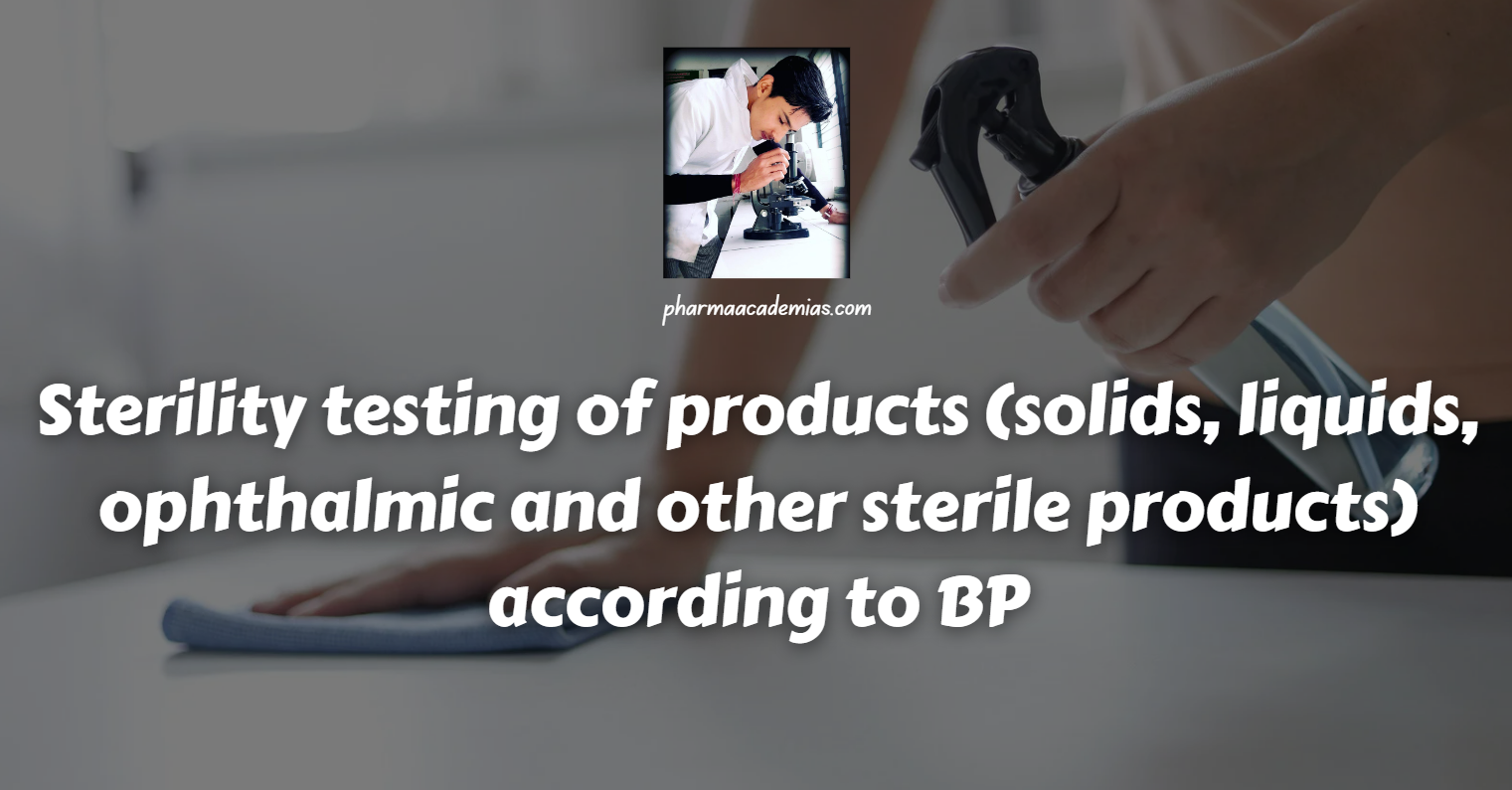Application of Cell Cultures in Pharmaceutical Industry and Research
Cell cultures have become an indispensable tool in the pharmaceutical industry and biomedical research, serving a wide range of applications from drug discovery to toxicity testing and vaccine development. This section outlines the various ways in which cell cultures are utilized in these fields, highlighting their significance and impact. 1. Drug Discovery and Development Screening … Read more










